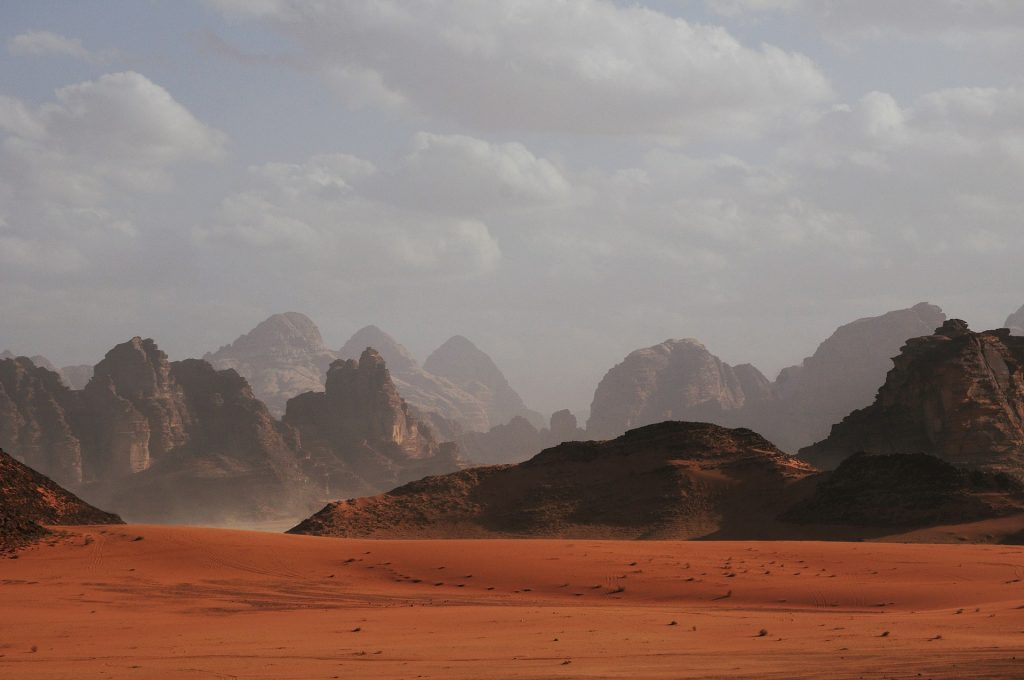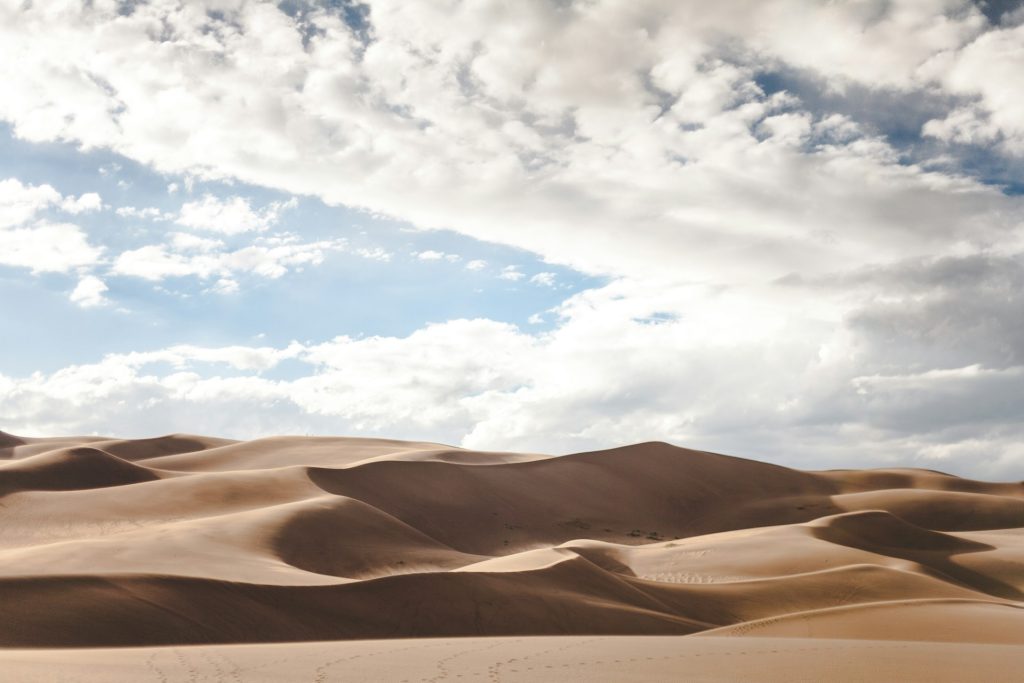Deserts, often stereotyped as barren wastelands of endless sand and scorching heat, defy simple categorization. These vast landscapes, covering about one-fifth of the Earth’s land area, encompass a surprising array of climates, ecosystems, and adaptations that have fascinated explorers and scientists for centuries. Let’s embark on a journey to discover the true essence of deserts—from their varied types to the resilient life forms that call them home.

Demystifying Deserts: More than Just Heat and Sand
When we think of deserts, images of blistering heat and expansive dunes often come to mind. However, deserts are defined not just by their aridity—receiving less than 25 centimeters (10 inches) of precipitation annually—but also by their diverse geographical and climatic characteristics. They exist on every continent, from the sweltering Sahara to the frozen expanses of Antarctica, challenging our perceptions of what constitutes a desert.
Types of Deserts: A World of Contrasts
Deserts can be categorized into five main types, each shaped by unique climatic conditions and geographical features:
1. Subtropical Deserts: Found near the Tropic of Cancer and Tropic of Capricorn, these deserts arise from atmospheric circulation patterns. Air masses descending from the equatorial regions lose their moisture, creating dry, hot conditions ideal for desert formation. The Sahara Desert, spanning northern Africa, exemplifies this type, with its vast stretches of arid land and iconic sand dunes.
2. Coastal Deserts: Influenced by cold ocean currents, coastal deserts experience high humidity but minimal rainfall due to the absence of typical rain-inducing atmospheric conditions. The Atacama Desert along Chile’s Pacific coast is renowned as the driest place on Earth, where fog provides some moisture amid decades-long rainless periods.
3. Rain Shadow Deserts: Positioned on the leeward side of mountain ranges, rain shadow deserts arise when moist air masses are forced to release their moisture on the windward slopes, leaving dry air to descend and warm on the opposite side. Death Valley in the United States, nestled in the rain shadow of the Sierra Nevada mountains, epitomizes this type with its extreme heat and scant rainfall.
4. Interior Deserts: Located deep within continents, interior deserts remain isolated from moisture-laden coastal winds. Examples include the Gobi Desert in Asia, where arid conditions prevail due to the region’s distance from maritime influences and the rain shadow cast by the Himalayas.
5. Polar Deserts: Contrary to popular belief, deserts also exist in cold regions like the Arctic and Antarctic, where precipitation mainly occurs in the form of snow and ice. Antarctica, the world’s largest desert, epitomizes this type, boasting frigid temperatures and vast ice sheets devoid of liquid water for much of the year.

The Enigmatic Nature of Deserts: Harsh Yet Fascinating
Deserts exhibit extreme environmental conditions that challenge life forms to adapt or perish. Key characteristics include:
- Temperature Extremes: From scorching daytime highs exceeding 54°C (130°F) in some areas to nighttime lows near freezing, desert temperatures fluctuate dramatically due to minimal cloud cover and insulation.
- Low Humidity and Evaporation: Desert air is exceptionally dry, with minimal water vapor available to form clouds. Rainfall, when it occurs, often evaporates before reaching the ground, contributing to the arid conditions.
- Wind and Sandstorms: High winds, reaching speeds of 100 kilometers per hour (60 miles per hour) or more, are common in deserts, carrying sand and dust across vast distances. Sandstorms can reshape landscapes overnight, burying everything in their path.
Life Finds a Way: Adaptations in the Desert Wilderness
Contrary to their desolate reputation, deserts support a surprising diversity of life forms that have evolved ingenious adaptations to survive harsh conditions:
- Plant Adaptations: Desert plants, such as cacti and mesquites, have developed specialized features like waxy coatings and deep root systems to minimize water loss and maximize absorption. Many species are drought-resistant and bloom rapidly after rare rainfall events, transforming the desert into a vibrant carpet of flowers.
- Animal Strategies: Xerocoles, animals adapted to desert life, exhibit a range of adaptations—from nocturnal behavior to efficient water conservation mechanisms. Creatures like the fennec fox and camel thrive in desert environments by minimizing water loss, finding shade, and adapting their diets to extract moisture from food.
- Incredible Survival Tactics: Species like the thorny devil lizard of Australia collect water from rain and dew through intricate body channels, while desert tortoises and sand lizards employ physical features like shells and behavioral adaptations to regulate body temperature and conserve water.
Exploring the Desert’s Natural Wonders: From Dunes to Canyons
Desert landscapes, shaped by millennia of wind and water erosion, offer a breathtaking mosaic of geological formations:
- Sand Dunes: Iconic hills of sand sculpted by wind, dunes can reach heights exceeding 180 meters (590 feet) and migrate across the desert floor. Sandstorms can swiftly reshape dunes, burying and revealing landscapes in a dynamic process of change.
- Canyons and Alluvial Fans: Water, scarce but powerful during flash floods, carves deep canyons and deposits sediment in alluvial fans at the feet of mountains. These geological features, like those found in the Black Rock Desert of Nevada, reflect the erosive power of sporadic desert rains.
- Salt Flats and Playas: Large depressions known as basins collect rainfall, forming shallow lakes that evaporate to leave behind salt flats or playas. These expansive, flat surfaces, like those in the Atacama Desert, provide unique environments for geological study and extreme sports.
Human Encounters and Challenges in the Desert
For millennia, humans have navigated and adapted to desert environments, mastering techniques for water conservation, shelter construction, and nomadic lifestyles. Today, desert regions face challenges from urbanization and climate change, impacting both natural ecosystems and indigenous communities.

From the towering dunes of the Sahara to the icy vastness of Antarctica, deserts captivate with their stark beauty and resilient life forms. Beyond the clichés of heat and emptiness lie landscapes teeming with adaptation and survival. Whether you’re an adventurer, scientist, or simply curious, the world’s deserts offer endless wonders to explore and understand. Join us in celebrating these diverse and dynamic ecosystems, where life thrives against all odds in Earth’s most extreme environments.





